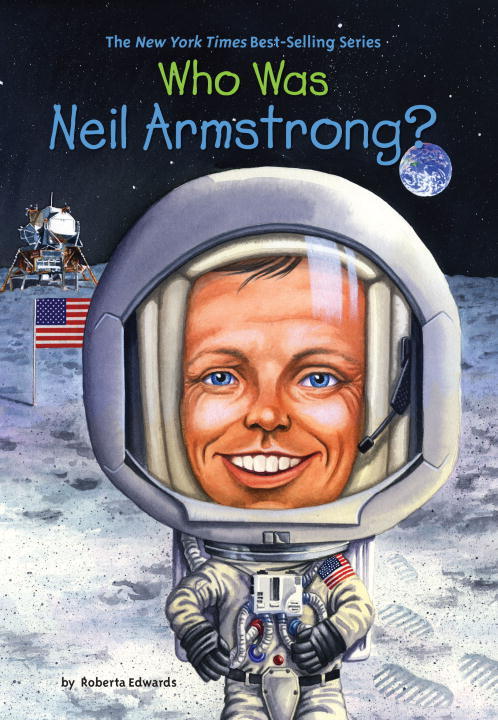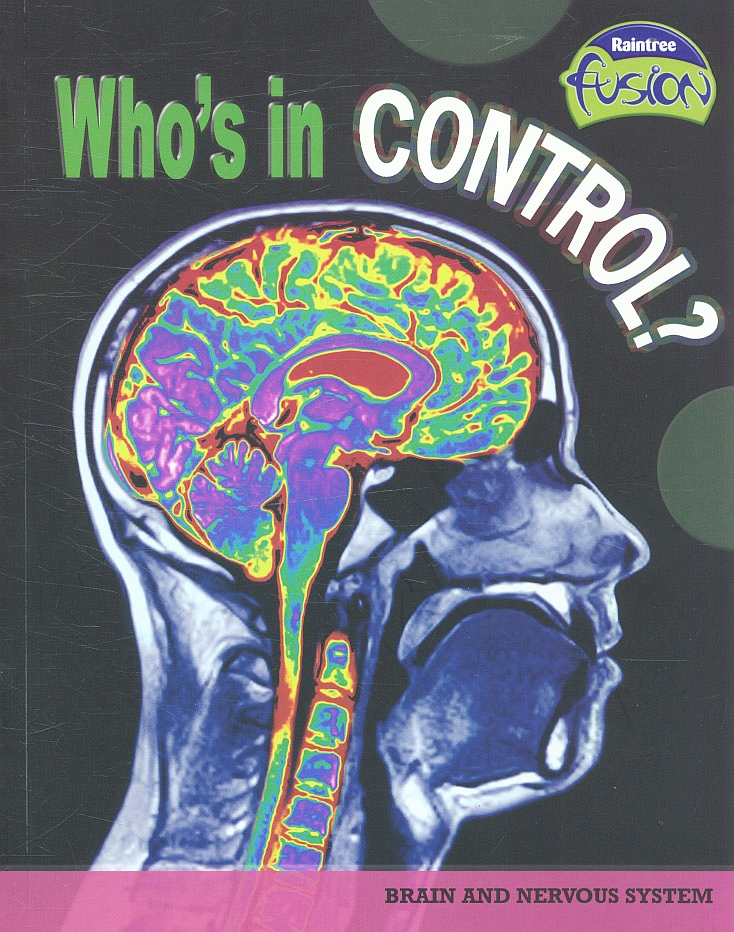Resources
Who Wants to Be a Scientist?
This resource, from the Association for Science Education (ASE), is based on a well-known quiz format. It is a PowerPoint presentation, and works well in class or as a lunchtime competition using overheads. The quiz could be run during lunch times as an inter-form competition, or within class time. After teachers...
Who Wants to Be a Scientist?
This resource, from the Association for Science Education (ASE), is based on a well-known quiz format. It is a PowerPoint presentation, and works well in class or as a lunchtime competition using overheads. The quiz could be run during lunch times as an inter-form competition, or within class time. After teachers...
Who Wants to Be a Scientist?
From the Association for Science Education (ASE), Who wants to be a scientist? is based on a well-known quiz format. It is a PowerPoint presentation, and works well in class or as a lunchtime competition using overheads. The quiz could be run during lunch times as an inter-form competition, or within class time....
Who Wants to Be a Scientist?
This resource, from the Association for Science Education (ASE), is based on a well-known quiz format. It is a PowerPoint presentation, and works well in class or as a lunchtime competition using overheads. The quiz could be run during lunch times as an inter-form competition, or within class time. After teachers...
Who Wants to Be a Zoologist?
Produced by ARKive, a database of stunning natural history images, this activity is designed to teach students aged 11 to 14 about the identifiable features of different types of animals and how they are classified. The activity is also suitable for students aged 14 to 16 and beyond. Using a quiz format, students...

Ada Lovelace was a child prodigy; brilliant at maths, she read numbers like most...

On July 20, 1969, Neil Armstrong stepped on the moon and, to an audience of over 450 million people, proclaimed his step a ?giant leap for mankind.? This Eagle Scout built his own model planes as a little boy and...
This item is one of over 25,000 physical resources available from the Resources Collection. The Archive Collection covers over 50 years of curriculum development in the STEM subjects. The Contemporary Collection includes all the latest publications from UK educational publishers.

Are you in control of your body? Maybe, maybe not. Read this book to learn how your body gets the messages it needs to perform even simple functions.
Who's responsible
This 30 minute activity encourages pupils to consider who is responsible for ensuring we achieve the Global Goals (also known as the Sustainable Development Goals, SDGs).
